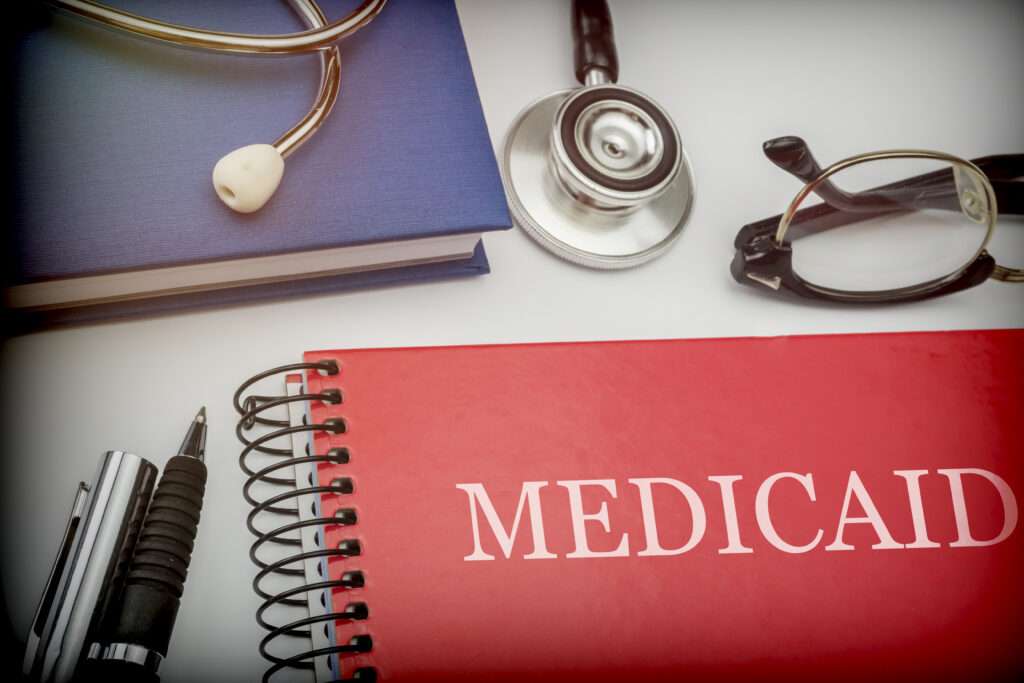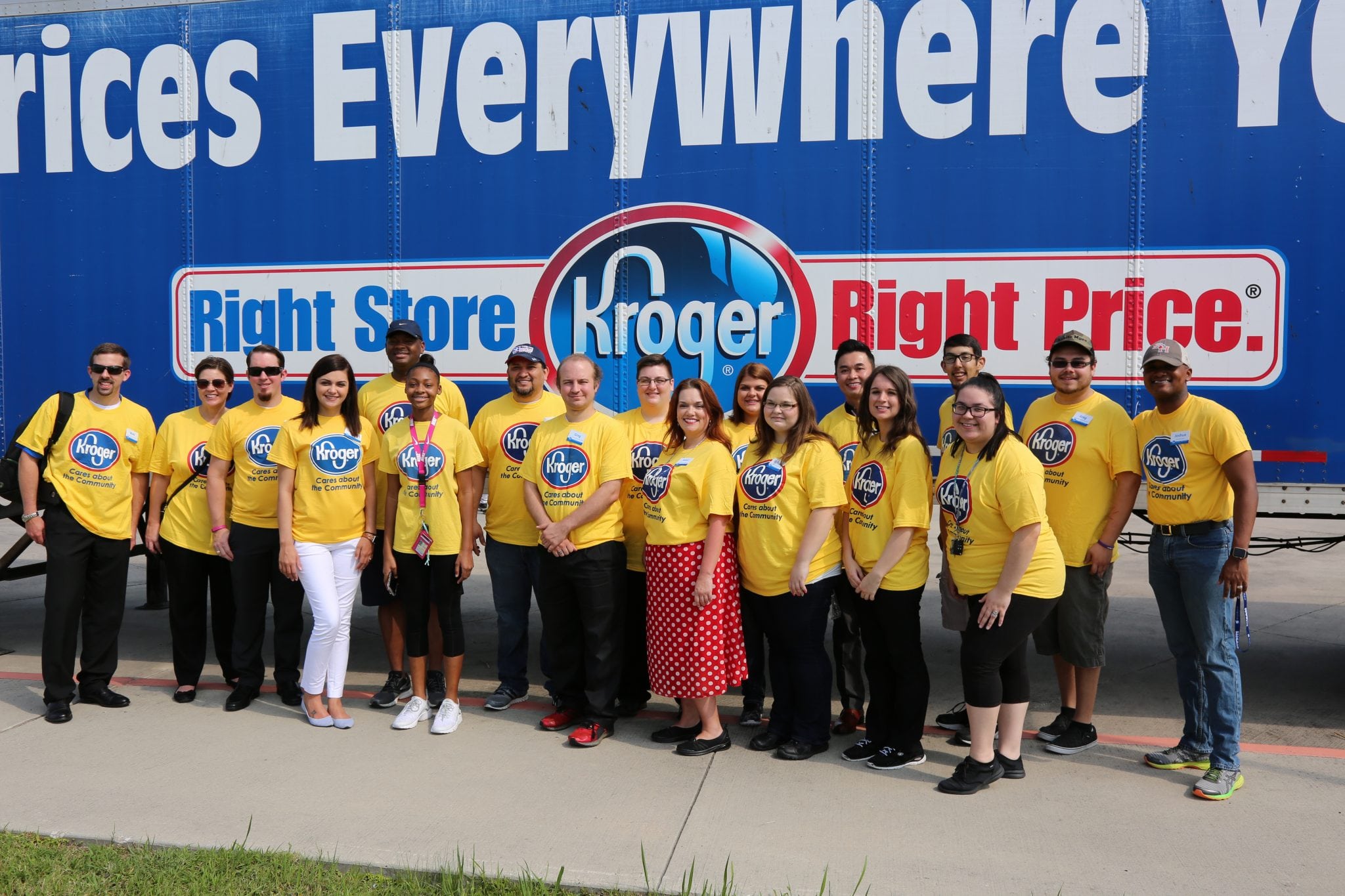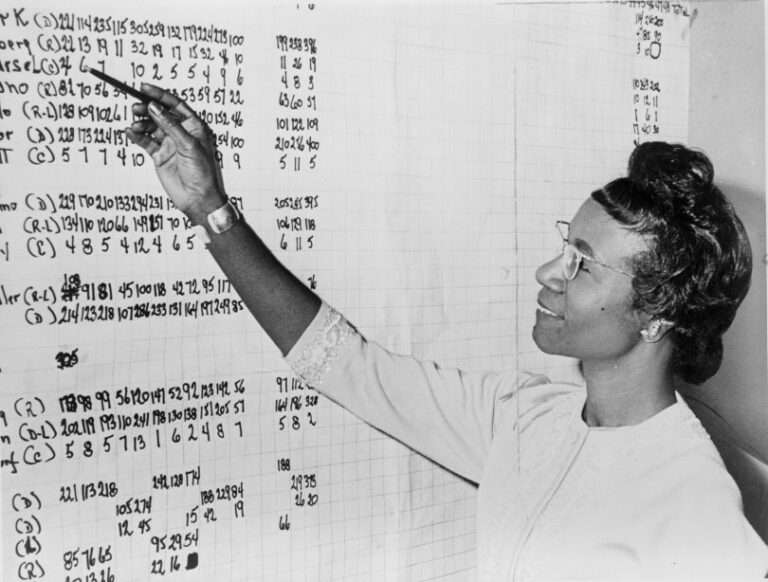
The nation’s largest health insurance program, Medicaid currently provides free or low-cost coverage to more than 83 million people in the US. But approximately 23 million—including 3 million children—have lost or stand to lose coverage due to the end of pandemic-era continuous coverage protections, also known as “the great unwinding.” This gap situation highlights a critical issue in the U.S. healthcare system.
Of the 23 million people, 69 percent have been disenrolled not because of ineligibility, but because of paperwork and procedural technicalities. Expanding Medicaid to close the coverage gap is one of the most significant ways states can increase coverage rates and achieve health equity, particularly after the unwinding.
The main questions needing answers are how to strengthen the Medicaid program to provide equitable health coverage to all and why states must act to close the coverage gap that disproportionately affects communities of color? On August 9, 2024, Ethnic Media Services held an informative discussion to address these issues.
Panelists Included:
–Katherine Hempstead, Senior Policy Adviser at the Robert Wood Johnson Foundation, shared some interesting background information about the program, “Medicaid was designed as a Federal State partnership, which means that there’s both Federal and State money going to the program in each State; although the Federal Government spends much more, and the amount that the Federal Government spends is on the sort of average income in the State. So in poorer states, the Federal Government is is paying more. But it means that when we talk about Medicaid, we’re really in a way, talking about one big program. But at the same time, we’re talking about 50 different programs, because each state has their own Medicaid agency. And most states, not all, but about at least three quarters actually contract the Medicaid program out to managed care organizations, MCS or insurance companies. So sort of the the face of Medicaid and what what the Medicaid program looks like, I think, is is very hard to get a grasp on, because it’s different and looks different in different states. And you know, different managed care organizations, different companies. So it’s a little bit of a of a complicated part of coverage to to wrap your arms around. If you’re new to it.”
–Martha Sanchez, Health Policy and Advocacy Director at Young Invincibles says, “Despite our name, we understand that young people are not invincible. We need healthcare. We get sick and we face a number of chronic issues. As a matter of fact, 2019 study by the CDC showed that at least half of young adults…18 to 34 have at least one chronic condition. That can be obesity. It can be diabetes, cancer, mental health. And we know that since the COVID-19 pandemic a third of young adults are facing a mental health crisis. And actually, half of young adults, ages 18 to 24, report symptoms of mental illness, depression, anxiety, and loneliness.
So, we know that there is continuous need to improve our health and our well-being, and that these generations, this population is the future of our workforce and economy in the US and we cannot afford to continue to progress when it comes to our health. Young adults remain the highest uninsured population of any age group. And when it comes to Medicaid we make up 47% of that medicated coverage gap.”
–Joan Alker, Executive Director and Co-Founder of the Center for Children and Families and Research Professor at Georgetown University shared, “So now, I’m gonna talk to you specifically about children. You know how important Medicaid is to cover children. We just talked about that, particularly for communities of color and mixed status families, immigrant families. Medicaid is vital. And we knew when this unwinding started, that many of these children that would lose [coverage] would still be eligible. In fact, the Federal Government estimated that three quarters would still be eligible. So, Medicaid is where they should get their health insurance.
We were very worried, and, in fact predicted that 6.7 million children would have a gap in coverage, and we have now a decline of 5 million fewer children in Medicaid. We don’t know the race and ethnicity of these children, but we do know that communities of color are badly, badly impacted by this and many of these children remain eligible.”
–Stan Dorn, Director of the Health Policy Project at UnidosUS, provided three ways to improve the Medicaid program by asserting,”To greatly improve these programs, so that nothing like this ever happens again and these programs do a much better job of providing equitable care to everybody who qualifies…. eliminate administrative burdens for as many people as possible.
Three ways to do that one.
Paperless Eligibility, whereas as many people as possible use information the Government already has to qualify people… the Government’s income tax information, quarterly wage information records from what other programs. Instead of saying, we’re going to take away your healthcare until you tell the government what it already knows. We ought to be saying it’s the obligation of States to use available data to renew and qualify people whenever possible, thus eliminating paper with burdens for them.
Second, when there are forms that must be filled connect families, to expert, linguistically accessible, culturally appropriate sources of assistance, so that people can pick up the phone and talk to somebody who can help them figure out what the heck to do and help them fill out those forms and upload the documents. That way, the administrative burden is lifted off a frequently overburdened and under-resourced family and given to somebody who knows how to handle the situation and can help that family move forward.
And third, continuous coverage. The longer people are covered, the fewer opportunities people have to lose their healthcare because of missing paperwork. So, these three strategies are to make as make administrative burdens completely irrelevant for as many people as possible.”
Possible Ways to Help:
- Streamlining Enrollment Processes: Improving the administrative processes for Medicaid enrollment and renewal could reduce the number of people losing coverage due to technicalities.
- Outreach and Education: Increasing efforts to educate and inform eligible individuals about their coverage options and how to navigate the Medicaid system can help prevent unnecessary loss of coverage.
- Policy Advocacy: Advocating for the expansion of Medicaid in states that have not yet adopted it is crucial. Highlighting the benefits of expansion, such as improved health outcomes and reduced financial strain on hospitals and clinics, can be persuasive.
- Federal Support: Federal initiatives to support and incentivize states to expand Medicaid, such as offering financial assistance or technical support, might help overcome some of the resistance seen in non-expansion states.
Overall, addressing the challenges posed by the end of pandemic-era protections and expanding Medicaid where it is still lacking are vital steps towards improving healthcare access and achieving greater health equity across the country. – Kim Floyd







